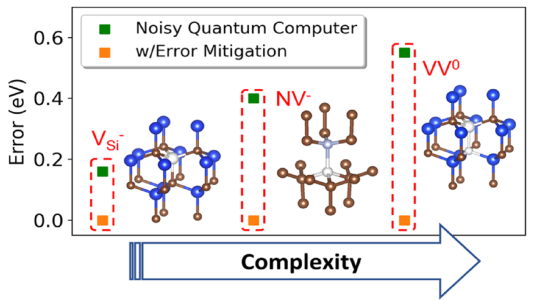
Computational Materials
We investigate optimal materials and systems for harvesting sunlight and for the realization of quantum information science (QIS) technologies. We also address problems related to water resources at ambient conditions and in severe environments.
The group’s software activities are focused on the development of the WEST code (large-scale electronic structure within many-body perturbation theory), the PyCCE code (simulations of spin-qubit dynamics), and the Qresp graphical user interface. We also participate in the development of the Qbox code (ab initio molecular dynamics)..
Code development is supported by the Midwest Integrated Center for Computational Materials (MICCoM). The center is led by the Materials Science division, with co-investigators drawn from the University of Chicago, University of Notre Dame and University of California, Davis. MICCoM develops and disseminates interoperable open source software, as well as data and validation procedures, enabling the community to predict properties of functional materials.
Computational Materials group members are part of several Energy Frontier Research Centers funded by DOE:
- Materials for Energy-Water Systems (AMEWS), headquartered at Argonne and led by Seth Darling
- Quantum Materials for Energy Efficient Neuromorphic Computing (Q-MEEN-C) at University of California, San Diego
- Center for Novel Pathways to Quantum Coherence in Materials (NPQC) at Lawrence Berkeley National Laboratory and Argonne
Group members are also part of Q-NEXT, a DOE National QIS Research Center headquartered at Argonne.
